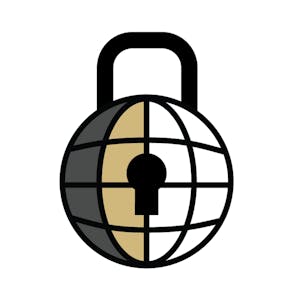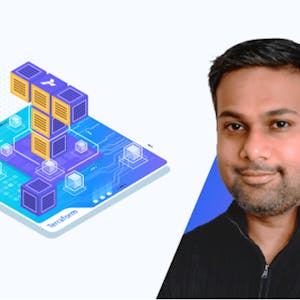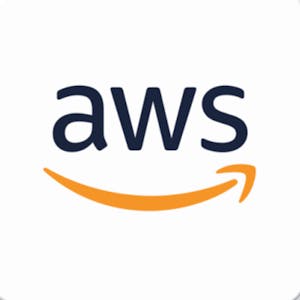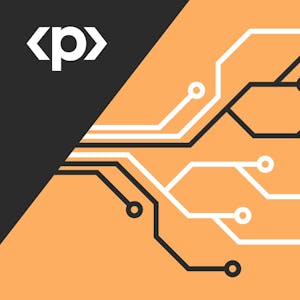Cybersecurity Policy for Water and Electricity Infrastructures
About this Course
This course will examine the drinking water and electricity infrastructures, and various policies that have been developed to help guide and strengthen their cybersecurity programs. The drinking water and electricity infrastructures are two of fourteen subsectors comprising what are known as \"lifeline infrastructure\". The 2013 National Infrastructure Protection Plan identifies four lifeline infrastructure sectors: 1) water, 2) energy, 3) transportation, and 4) communications. These sectors are designated \"lifeline\" because many other infrastructures depend upon them. The drinking water subsector is part of the water sector, and the electricity subsector is part of the energy sector. Both subsectors are overseen by the Department of Homeland Security National Protection and Programs Directorate which manages the DHS National Infrastructure Protection Program. The NIPP employs a five-step continuous improvement program called the Risk Management Framework. NIPP implementation is overseen by DHS-designated Sector-Specific Agencies staffed by various Federal departments. The Sector-Specific Agencies work in voluntary cooperation with industry representatives to apply the Risk Management Framework and document results in corresponding Sector-Specific Plans. The program began in 2007 and the most recent Sector-Specific Plans were published in 2016. In February 2013, President Obama issued Executive 13636 directing the National Institute of Standards and Technology to develop a voluntary set of recommendations for strengthening infrastructure cybersecurity measures. EO13636 also asked Federal agencies with regulating authority to make a recommendation whether the NIST Cybersecurity Framework should be made mandatory. The Environmental Protection Agency who is both the SSA and regulatory authority for the drinking water subsector recommended voluntary application of the NIST Cybersecurity Framework. The Department of Energy who is both the SSA and regulatory authority for the electricity subsector replied that it was already implementing the Electricity Subsector Cybersecurity Capability Maturity Model, which indeed was what the NIST Cybersecurity Framework was based on. The Department of Energy, though, recommended voluntary application of the ES-C2M2. This module will examine both the drinking water and electricity lifeline infrastructure subsectors, and elements and application of the NIST Cybersecurity Framework and ES-C2M2.Created by: University of Colorado System

Related Online Courses
What is this course about? This course is an engaging and comprehensive introduction to Terraform, one of the most popular tools for implementing Infrastructure as Code (IaC). It covers the... more
With Amazon Connect Contact Lens, organizations analyze customer conversations, evaluate agent performance, and continuously improve customer experience. In this course, you will recognize the... more
This is a self-paced lab that takes place in the Google Cloud console. Google Cloud HTTP(S) load balancing is implemented at the edge of Google\'s network in Google\'s points of presence (POP)... more
In this comprehensive course, you will explore artificial intelligence (AI) and its core concepts, forming a solid foundation for machine learning. You will delve into regression analysis, applying... more
By the end of this course, a learner will have a solid understanding of Large Language Models running locally. You\'ll be able to setup a local environment using powerful tooling to run different... more








